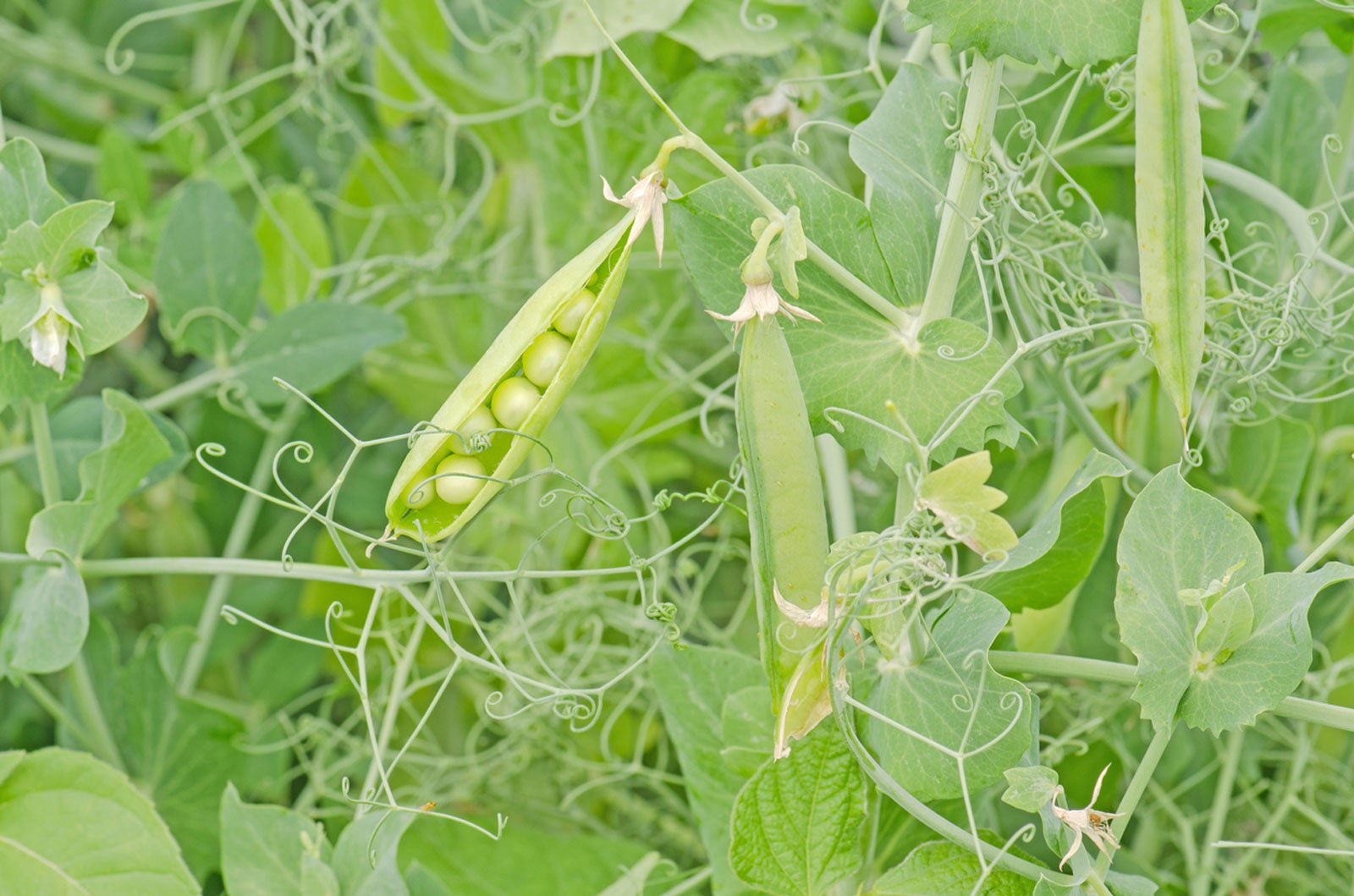How To Grow Peas: Requirements For Growing Peas


Peas are tasty, nutritious legumes that are not difficult to grow. There are peas for shelling, and those with edible pods, like sugar snap and snow peas. All are delicious and require just a little bit of care when planting and growing for a successful harvest. Read on to find out how to grow peas in your garden and what these veggies need to thrive.
How and When to Plant Peas
First, make sure you have the best spot for growing peas. These plants need full sun and soil that drains well. They need less fertilizing than many other vegetables, so adding a little compost to the soil before planting is usually adequate. For vining peas, choose a location where they can grow up a trellis or other structure.
Peas are cool weather plants. If you sow them too late in the spring, they may struggle in the hotter months. These can be among the earliest plants you start each year. As soon as the ground is workable and thawed, start sowing peas directly outdoors. There is no need to start inside. Sow the seeds to a depth of about one inch (2.5 cm).
It’s not strictly necessary to treat peas with an inoculant before planting, but if you have never planted legumes in this area of soil before, it can help improve growth. You can find inoculant at any garden store. It is a natural bacteria that helps legumes like peas convert nitrogen from the air into a form plants can use in the soil.
Caring for Garden Peas
Growing peas is pretty easy, but there is some maintenance needed throughout the growing season:
- Water only when there is not enough rain to provide about an inch (2.5 cm.) of water per week. Spring is usually wet, so some years you won’t have to water at all.
- Apply mulch around growing peas to keep moisture in and minimize weed growth.
- Keep an eye out for damage from cutworms and aphids.
- To prevent disease, only ever water pea plants at the base, directly on the soil. Also, make sure plants have adequate space between them for air flow.
Harvesting peas at the right time is essential. They over mature quickly and become inedible. Once the pods start to flesh out with peas, check on them daily. Pick peas as soon as the pods have reached their maximum size. If you think the pods are ready, pick one and eat it. It should be thin-skinned, sweet, and tender.
Peas store best if you get them cooled off quickly. Dunk them in cold water right after harvesting and then store in the refrigerator. Peas can be stored longer by freezing or canning.
Sign up for the Gardening Know How newsletter today and receive a free copy of our e-book "How to Grow Delicious Tomatoes".

Mary Ellen Ellis has been gardening for over 20 years. With degrees in Chemistry and Biology, Mary Ellen's specialties are flowers, native plants, and herbs.